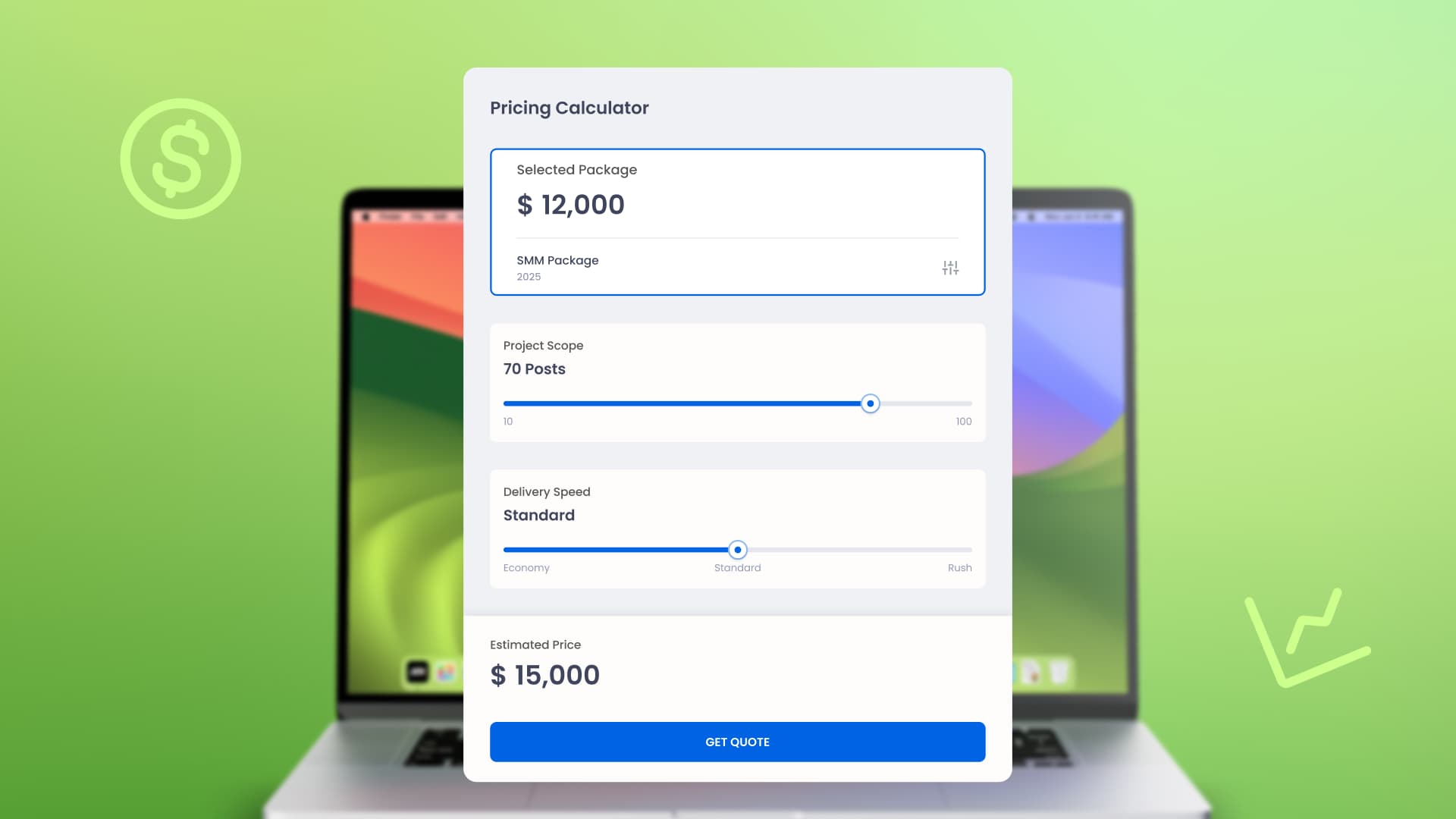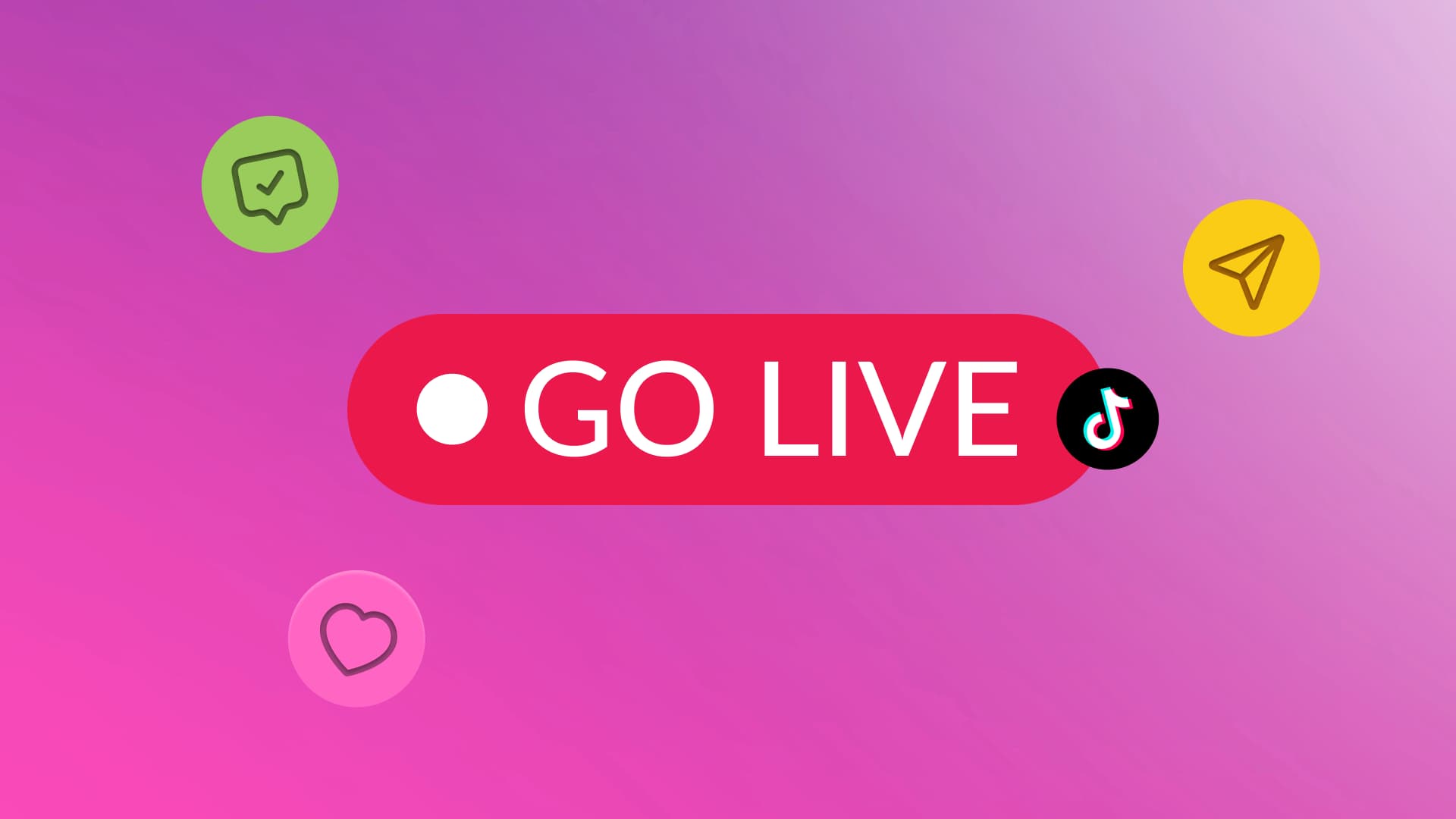New
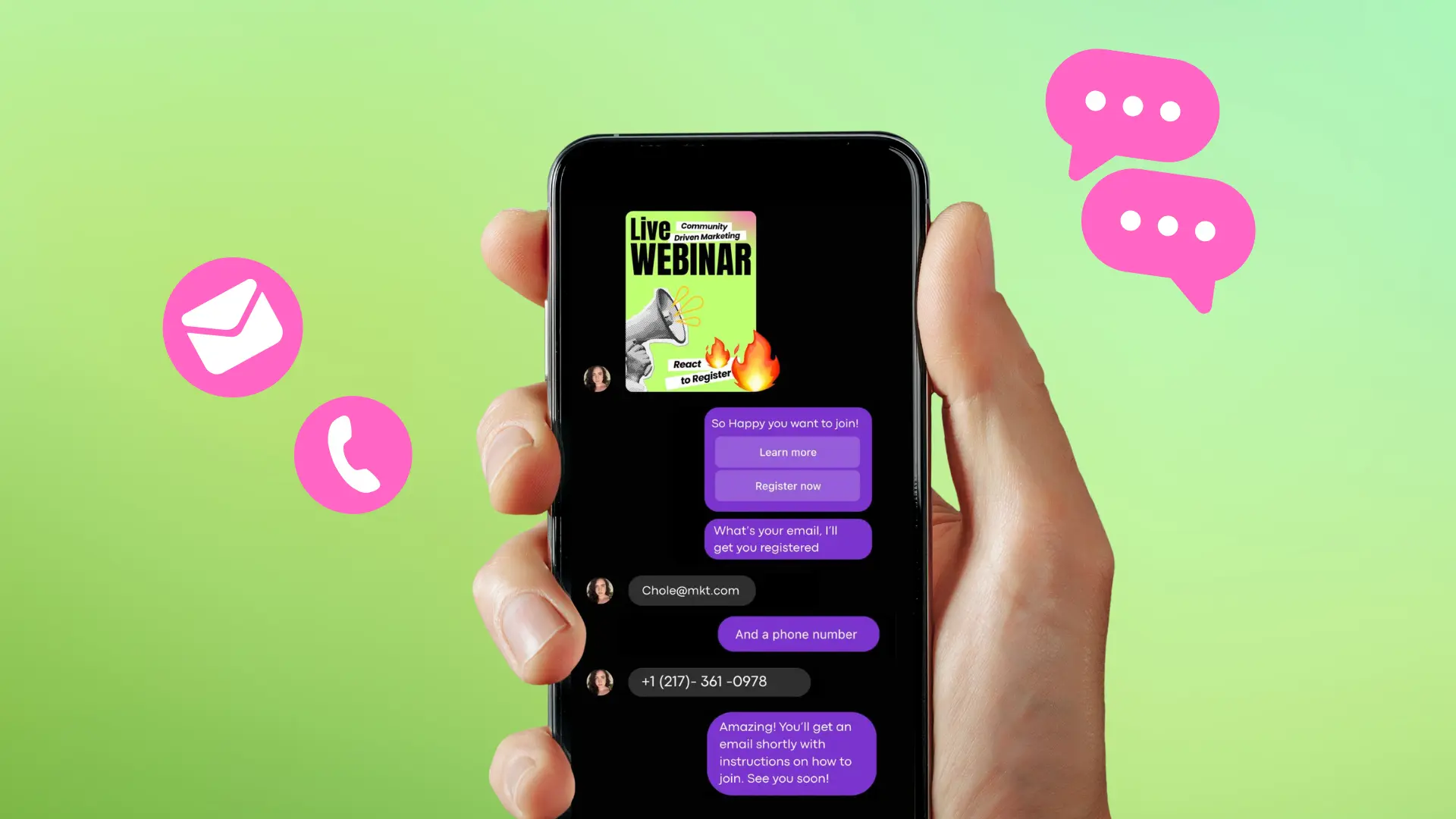
Turn Your DMs Into Lead Gen!
Learn how to collect lead data from your DMs such as email addresses, phone numbers, and more right from your social inbox. If you are not yet automating your DMs your competitors are outpacing you.
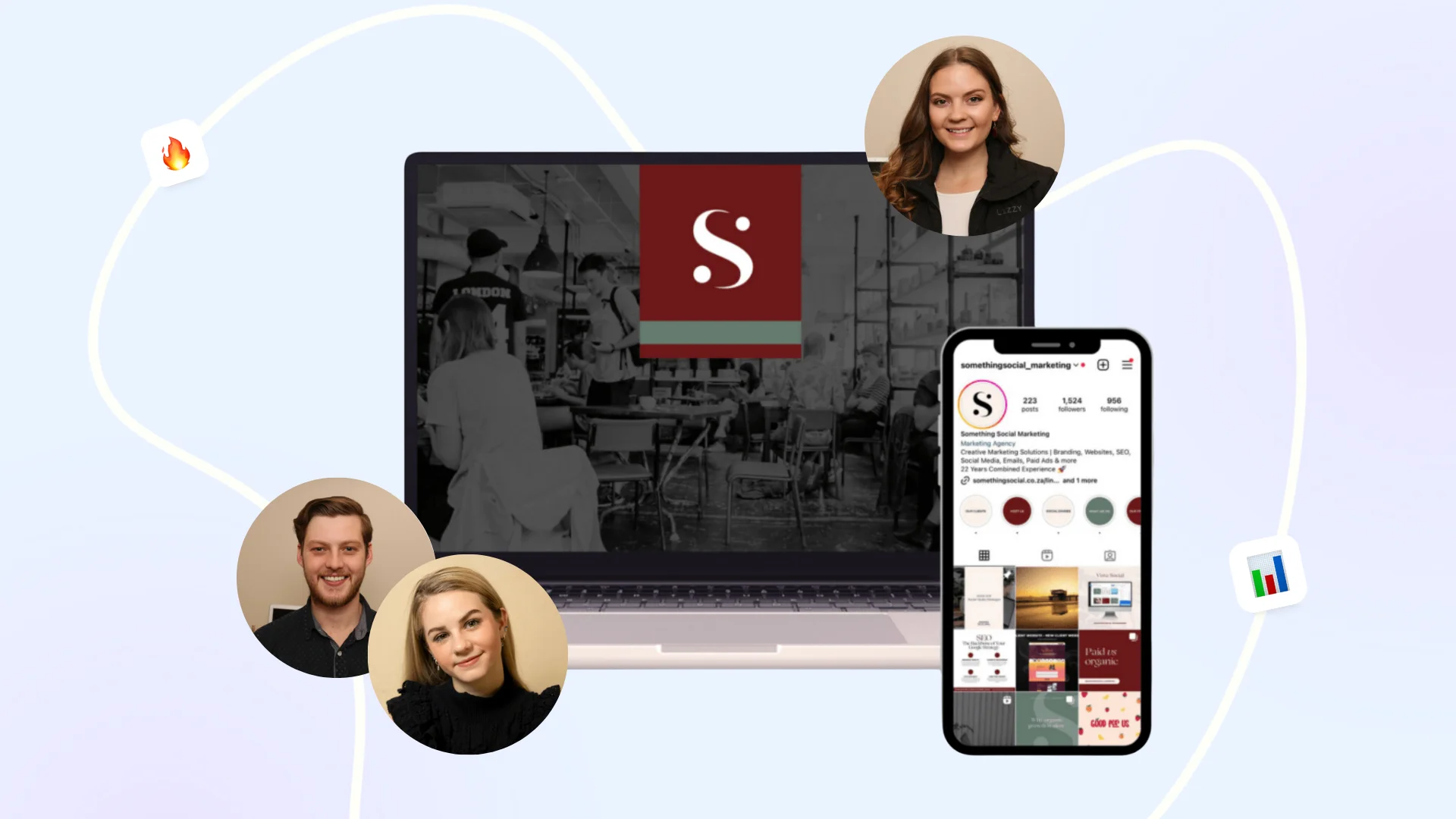
How Something Social Saved 75% of Their Time and Increased Revenue by 15%
See how a fast-growing agency improved operations, cut down hours of manual work, and unlocked new revenue opportunities with Vista Social.
New
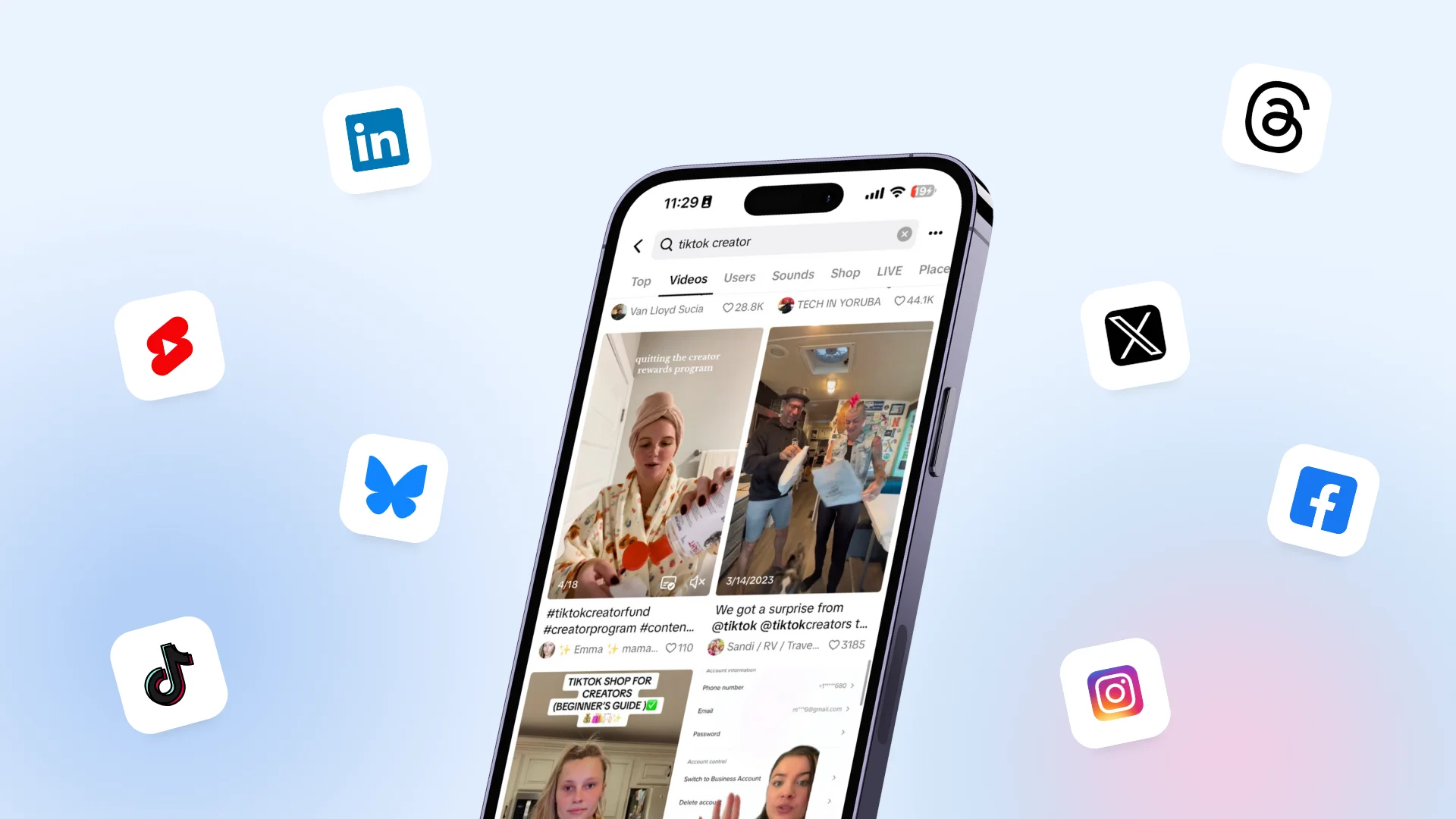
50 Unique Social Media Ideas for Consistent Content Creation
Discover 50 unique social media post ideas to engage your audience, grow your brand, and maintain a consistent content strategy with ease!

Mastering Content Reuse: The Key to a Consistent and Sustainable Posting Strategy
Published on May 23, 2025
12 min to read
21+ Social Listening Strategies to Building a Solid Brand
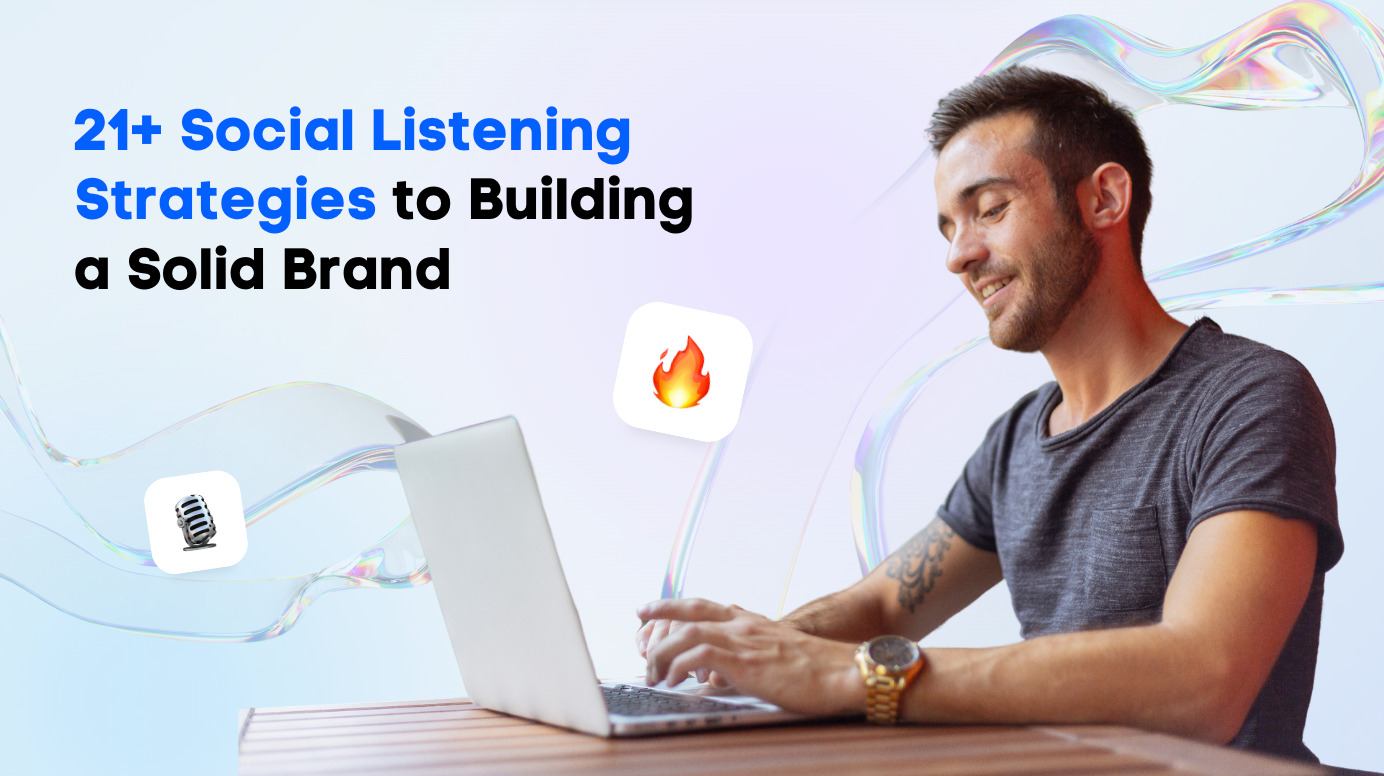

Table of Content
Share

Are you struggling to keep up with what people think and say about your clients’ brands online?
Social listening strategies can be your best solution.
Social listening is more than tracking mentions—it’s about understanding what your clients’ audiences say, feel, and expect from their brands.
With the right listening strategies, you can uncover actionable insights, spot potential PR issues before they snowball, and develop social media content that resonates with followers.
In this post, we’ll cover the top 21+ social listening strategies you can leverage to help your clients’ brands stand out and stay relevant.
Table of contents
What you will learn
- What are social listening strategies?
- Top 21+ Social listening strategies to boost brand presence
- Implement social listening strategies seamlessly with Vista Social
- FAQs on social listening strategies
- Ready to implement social listening strategies to build a brand that resonates?
What are social listening strategies?
Social listening strategies are the intentional ways you track, analyze, and act on what people say about your clients’ brands across social media and the web.
Social listening strategies help you go beyond surface-level engagement.
It allows you to uncover insights that shape smarter content, better marketing campaigns, and more impactful brand and business decisions.
Think of listening strategies as tuning in to the online conversations that matter, then using that intel to make your clients look good (and stay ahead).
Top 21+ Social listening strategies to boost brand presence
While there is no one-size-fits-all formula for social media listening, there are tried and true strategies to help your efforts succeed, starting with the following.
1. Track tagged and untagged brand mentions
Tracking (via social listening) tagged and untagged mentions gives you a full scope of brand visibility, sentiment, and buzz, including hidden gems and issues you’d otherwise miss.
Quick tips for monitoring tagged and untagged brand mentions.
- Use tools such as Vista Social’s social media listening tool to easily track tagged and untagged mentions of your clients’ brand names, products, and other relevant brand-related keywords
- Set up alerts using variations of your clients’ brand names, including common misspellings, abbreviations, and product names
- Check Reddit and forums such as Quora or Trustpilot for brand discussions beyond social media
You can create a weekly recap of untagged mentions and highlight any actionable feedback or brand wins for your client.
2. Monitor industry keywords
Listening to broader industry terms allows you to spot rising trends, customer pain points, or even new lingo before it goes mainstream.
It helps you develop content and strategies to position your clients as thought leaders.
It also allows you to tap into relevant conversations and create proactive content that hits the mark.
Follow these quick tips.
- Create keyword lists around common phrases your clients’ target audiences use, such as “social media scheduler,” “eco-friendly packaging,” and “best yoga mat”
- Monitor competitor brand names and product terms to see what’s trending in the space
- Use keyword alerts in your social listening tool and analyze sentiment around them to better understand the audience’s feelings and intent behind those words or phrases
3. Watch competitor conversations
Listening in on competitor mentions gives you a blueprint of what’s working, what’s failing, and where your clients can fill the gaps or even shine by comparison.
Watch competitor mentions effectively with these tips.
- Track competitors’ names, products, hashtags, and campaigns
- Compare sentiment, share of voice, and mention volume monthly to see how your clients fare against them
- Look for patterns in complaints or praise, and use them to sharpen your clients’ edge
You can build a “Competitor Wins and Fails” slide for your client’s monthly report to show how they stack up and what to learn from.
4. Track sentiment over time
Sentiment shows you how people really feel about your client’s brand. It’s the emotional layer behind all those mentions.
Must read: Social Media Sentiment Analysis Examples for Agencies
Tracking sentiment over time lets you measure brand health, evaluate how people respond to your clients’ campaigns, and catch dips in perception before they turn into full-blown issues.
Leverage Vista Social’s sentiment analysis feature to break down positive, neutral, mixed, and negative mentions.
To spot shifts, you can segment audience sentiment by campaign, platform (Instagram, Facebook, etc.), or time frame.
Must read: Instagram Social Listening: What You Need to Know
Dig deeper into spikes in negativity or positivity to find the “why” behind them.
Visualize sentiment trends in graphs for your client and tie them to key events, such as launches, press coverage, etc., to get a clear picture of audience sentiment.
Set up alerts for crisis keywords
The quicker you catch a crisis, the easier it is to control.
Negative keywords tied to your clients’ brands, such as “Never buying again” or “Horrible service,” can signal early warning signs of a brewing issue.
Real-time alerts give you (and your clients) a head start on intervening, clarifying, apologizing, or fixing the issue before it escalates and becomes viral.
Quick tips:
- Track alert keywords such as “bad service,” “never again,” “refund,” or “disappointed” with your clients’ brand names
- Create real-time alerts via email or Slack, so you get instantly notified of critical mentions
- Build a response plan for the most common crisis triggers
6. Identify top performing content topics
Instead of guessing what content your clients’ audiences want, social listening lets you see it in action.
Analyzing what people talk about most (and how they engage) helps you identify resonating topics and themes.
It leads to stronger content strategies, more engagement, and less wasted effort on posts that flop.
Identify effective content topics via social listening with the following tips.
- Use social listening tools to find recurring themes or questions within your clients’ industries
- Pay attention to content that generates positive sentiment and high engagement so you can easily iterate and replicate it across future content
- Determine which posts, hashtags, or formats (video, carousel, Story) drive the most buzz
7. Spot User Generated Content opportunities
Social listening helps you discover posts that feature your clients’ products or services but don’t include a mention.
You can leverage UGCs by reposting them (with proper permissions and attributions) and weaving them into your clients’ social media strategy.
Sharing UGCs helps fill your content calendar, deepens your clients’ customer relationships, and adds social proof for their brands.
Uncover UGCs effortlessly through social listening with the tips below.
- Use social listening to find content mentioning your client’s brand without a tag, such as a product photo with no mention
- Create a branded hashtag that encourages UGC submissions and track it regularly
Additional tip: Feature a “Fan of the Week” or “Customer Spotlight” using UGC found via social listening.
It’s a great way to showcase your clients’ communities, build stronger follower and customer relationships, and encourage more followers to engage with their brands.
8. Follow hashtag conversations
Hashtags are where communities can form and trends emerge.
Tracking hashtags helps you understand what people rally around, whether your clients’ branded hashtags or trending industry topics.
Listening in on hashtag conversations allows you to uncover fresh ideas and the right influencers to engage.
It also helps you discover (in real time) content that puts your clients at the center of social media conversations.
Follow hashtag conversations through social monitoring like a boss with these tips.
- Track branded hashtags to monitor your clients’ audience engagement and sentiment
- Keep track of relevant industry hashtags to discover what content resonates with your clients’ target audiences
- Look for community-created tags that your clients don’t know yet
9. Engage with brand advocates
Not everyone who talks about your client is a paying customer, but their positive voice carries weight.
Identifying and engaging with brand advocates helps you build a loyal community, encourage word-of-mouth promotion, and boost organic reach.
These advocates can often evolve into ambassadors or micro-influencers who champion your clients’ brands without a formal partnership.
Leverage social listening to find and engage brand advocates with the following tips.
- Identify recurring positive mentions or superfans
- Like, comment on, and share posts from potential and current brand advocates where appropriate
- Send personalized thank-you messages, discount codes, or surprise freebies to build loyalty
You can create a VIP list of top brand advocates and monitor their activity monthly.
Must read: Social Media Monitoring vs. Social Media Listening
Doing so helps you determine which brand advocates to reward, collaborate with, or invite into exclusive campaigns.
10. Listen for product feedback
Customers are constantly sharing their opinions online, unsolicited and unfiltered. This kind of feedback is pure gold for your client’s product team.
You can identify what people love, what frustrates them, and what they wish existed.
It helps shape product improvements, customer support messaging, and future launches.
Effectively listen for product feedback by:
- Monitoring product names, SKUs, or specific features people mention online
- Flag recurring issues such as “sizing runs small” and “app crashes,” and share them with your clients’ relevant teams
- Highlight positive feedback that you can use as testimonials
11. Track customer service gaps
Listening to complaints and support-related frustrations about your clients’ brands on social media can help you catch service breakdowns quickly.
It’s a great way to flag issues for your clients’ support teams and prove how responsive their social media platform DMs are as customer care channels.
Quick tips for using social listening to catch customer service gaps.
- Track common complaint keywords by setting up alerts for phrases such as “can’t log in,” “still waiting,” or “no response” alongside your clients’ brand names. These can help you uncover recurring pain points you may miss
- Compare sentiment trends over time. A sudden dip in positive sentiment could signal a service issue. Spotting these trends early lets you jump in before things escalate
Must read: 20+ Sentiment Analysis Tools for Agencies & Brands for 2025
12. Map conversations to customer journey stages
Not all social mentions are equal.
Some are early interest, some are ready to buy, and others are post-purchase feedback.
Tracking and mapping social chatter to various customer journey stages allows you to tailor your clients’ messaging more strategically.
You’ll know when to educate, when to persuade, and when to celebrate your customers to get the expected response, such as following your clients’ brands or buying their products.
For instance, you can identify the language that signals each stage:
- Awareness: “Looking for,” “recommendations for”
- Consideration: “Comparing [brand] vs [competitor]”
- Decision: “Should I buy [product]?”
Then, tag and categorize mentions accordingly in your reporting tool.
The data can guide your ad targeting, content creation, and organic engagement tactics by funnel stage.
Try Vista Social for Free
A social media management platform that actually helps you grow with easy-to-use content planning, scheduling, engagement and analytics tools.
Get Started Now13. Monitor influencer mentions
Social listening helps you catch when influencers mention your clients organically, or when their competitors are promoted.
It lets you identify potential partners, track the success of collaborations, and even prevent surprise PR flops.
The key is to track influential accounts in your clients’ niches to see who’s talking about what.
Also, track engagement and sentiment around influencer-driven content to see which partnerships resonate with your clients’ audiences and drive positive brand perception.
Must read: How to Perform Social Media Sentiment Analysis this 2025
A quick tip: Create a short list of potential influencer collaborators each month based on mentions and audience alignment.
14. Track brand voice consistency
If your client wants to sound friendly and empowering, but social sentiment says cold and robotic, something’s off.
Social listening helps you audit how your client’s brand is perceived, not just how its “voice” sounds in your posts.
Aligning voice and perception builds a stronger brand identity and deeper trust between your clients, followers, and customers.
Use social listening to track the consistency of your client’s brand voice by:
- Analyzing the descriptive words people use in posts about your clients’ brands
- Comparing how your clients’ brands speak vs. how people describe them
- Looking for disconnects or inconsistencies in tone
You can do quarterly voice alignment check-ins to ensure your clients’ messaging is landing as intended.
15. Set up geo targeted listening
Location-based insights are critical for brands with a physical presence or regional focus.
Geo-targeted social listening lets you see where conversations happen and how sentiment shifts by location.
Must read: 10 Social Media Sentiment Analysis Strategies for 2025
It is great for tailoring your clients’ campaigns or addressing local customer issues.
You can follow these tips:
- Use location filters in your social listening tool, which can include city, state, and country
- Track regional hashtags or slang
- Monitor feedback during your clients’ local store openings, events, or campaigns
You can track and analyze your clients’ top-engaged cities or regions monthly to help guide your local content strategies or promotions.
16. Leverage listening for campaign launches
Social listening gives you a live pulse on how your clients’ audiences respond, allowing you to pivot your content and strategies quickly.
It helps you optimize messaging, boost high-performing content, and handle unexpected feedback during your client’s campaign rollout.
Check out the tips below for using social listening for your clients’ social media campaigns.
- Track branded campaign hashtags and related keywords in real time to gauge initial audience reactions and jump on early engagement opportunities
- Monitor sentiment and engagement day by day to spot patterns, optimize content, and address any negative feedback before it snowballs
- Identify which messages, social media channels, or creators generate the most positive buzz and conversions, then double down on what’s working
Must read: Top 10 Social Media Listening Platforms in 2025
17. Compare Share of Voice
Share of voice shows how much of the social conversations your clients own compared to their competitors.
Share of Voice is a powerful metric to measure your clients’ brand visibility and authority over time.
Include a simple Share of Voice pie chart in your monthly reports to show your clients how they stack up against competitors.
18. Identify emerging trends early
Use social listening to spot new interests, slang, memes, or behaviors as they emerge, not once they’re already saturated.
Doing so helps position your client as timely, relevant, and culturally in tune in the eyes of their followers and audiences.
Below are several things you can do:
- Scan keyword trends for spikes or sudden volume changes, since these can be early indicators of trending topics your clients’ brands can jump on before the competition
- Watch what competitors and creators talk about to see which themes or content formats are gaining traction in your clients’ spaces
- Follow niche forums and subcultures related to your clients’ industries to help your clients become early adopters and trend-setters before their competitors
19. Track event or partnership buzz
Whether it’s a trade show, collab, or giveaway, events generate conversation, and your clients generally want to know if it worked.
Social listening gives you instant insight into the impact, reach, and sentiment around these efforts.
You can monitor branded event hashtags, speakers, and partner mentions to determine what’s generating the most buzz or how people react to them.
Breaking down your clients’ pre-, during-, and post-event engagement can show how audience interest evolves across the event’s life cycle.
You can also identify top mentions or posts for content repurposing.
20. Uncover common questions
Every question someone asks publicly is a hint about what they don’t understand, what they need, or what’s missing.
Listening to these can improve your clients’ FAQ content, onboarding, and product features, reducing friction and support tickets.
Use social listening to uncover FAQs by doing the following:
- Monitoring question-based keywords such as “how do I…,” “does it work with…,” or “is this worth it?”
- Grouping similar questions to find patterns
- Using the uncovered questions to update your clients’ social media bios, captions, landing pages, or highlight features
21. Use listening insights to guide paid strategies
Why guess at ad messaging when you can build it based on what your clients’ audiences already respond to organically?
Use social listening to pick up words, formats, and topics that drive clicks, shares, conversions, and returns, which is the perfect fuel for developing your paid strategy.
Must read: Social Listening ROI: How to Use Social Listening to Boost Revenue
It allows you to track high-engagement organic posts, find messaging winners, and note which themes resonate with each audience segment.
You can also use social listening insights to write stronger ad copy and refine your audience targeting.
22. Refine your brand positioning
Over time, public perception can drift from the brand’s intended identity.
Your client may want to be seen as eco-conscious, but is mainly associated with price.
Leverage social listening to help you course-correct your clients’ messaging and align their brand stories with how people actually see them.
Start by auditing the adjectives and language used in mentions of your clients.
Then, compare the mentions against your clients’ brand values, mission, or tone of voice.
This helps you identify brand perception gaps, equipping you to reshape your clients’ messaging accordingly.
Implement social listening strategies seamlessly with Vista Social
Vista Social makes social listening effortless.
The social media management platform’s listening feature includes real-time monitoring across major social platforms, helping you track brand mentions, keywords, competitors, and industry trends from one unified dashboard.
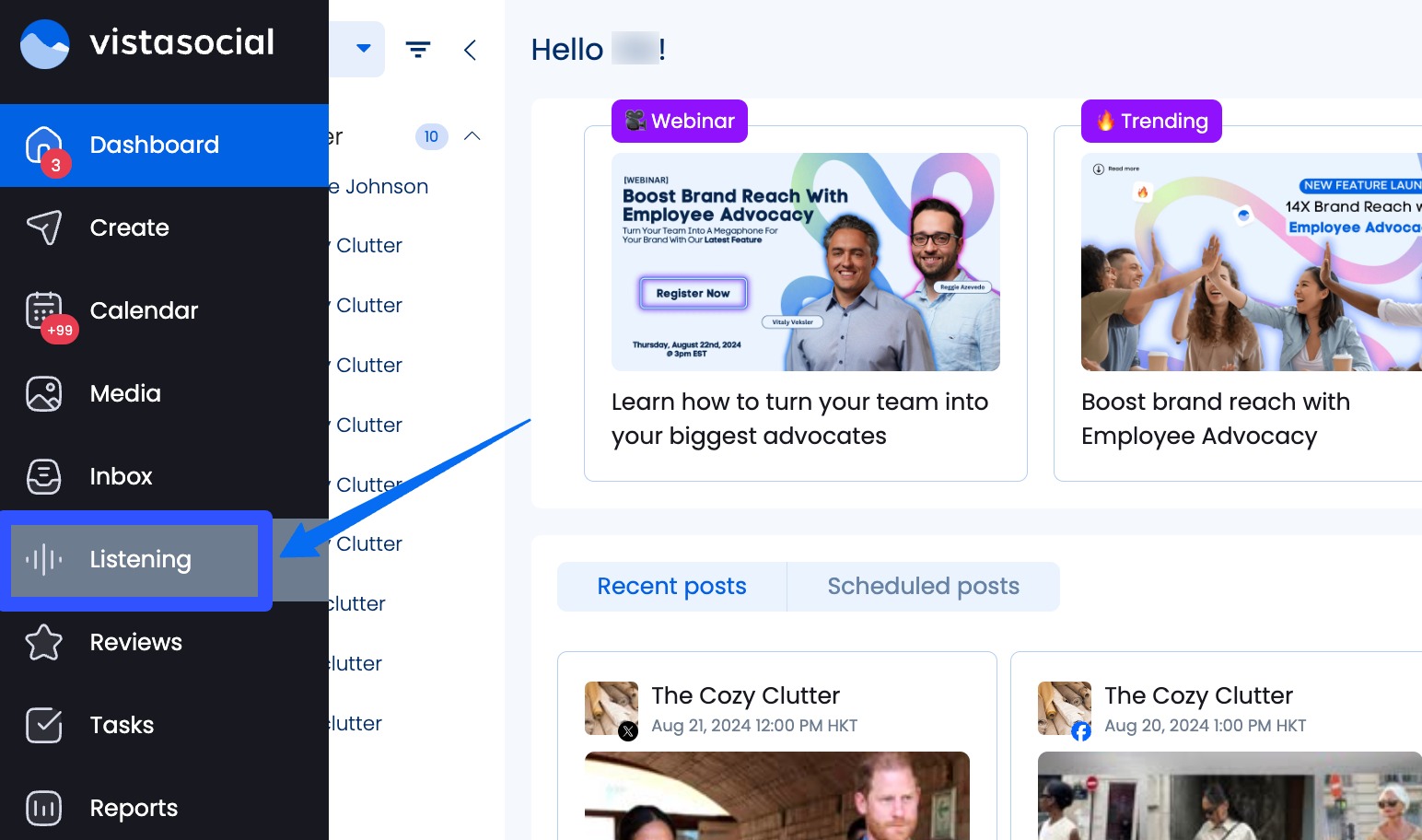
Create and customize your Listener by specifying the type and sources, and adding your keywords or phrase groups.
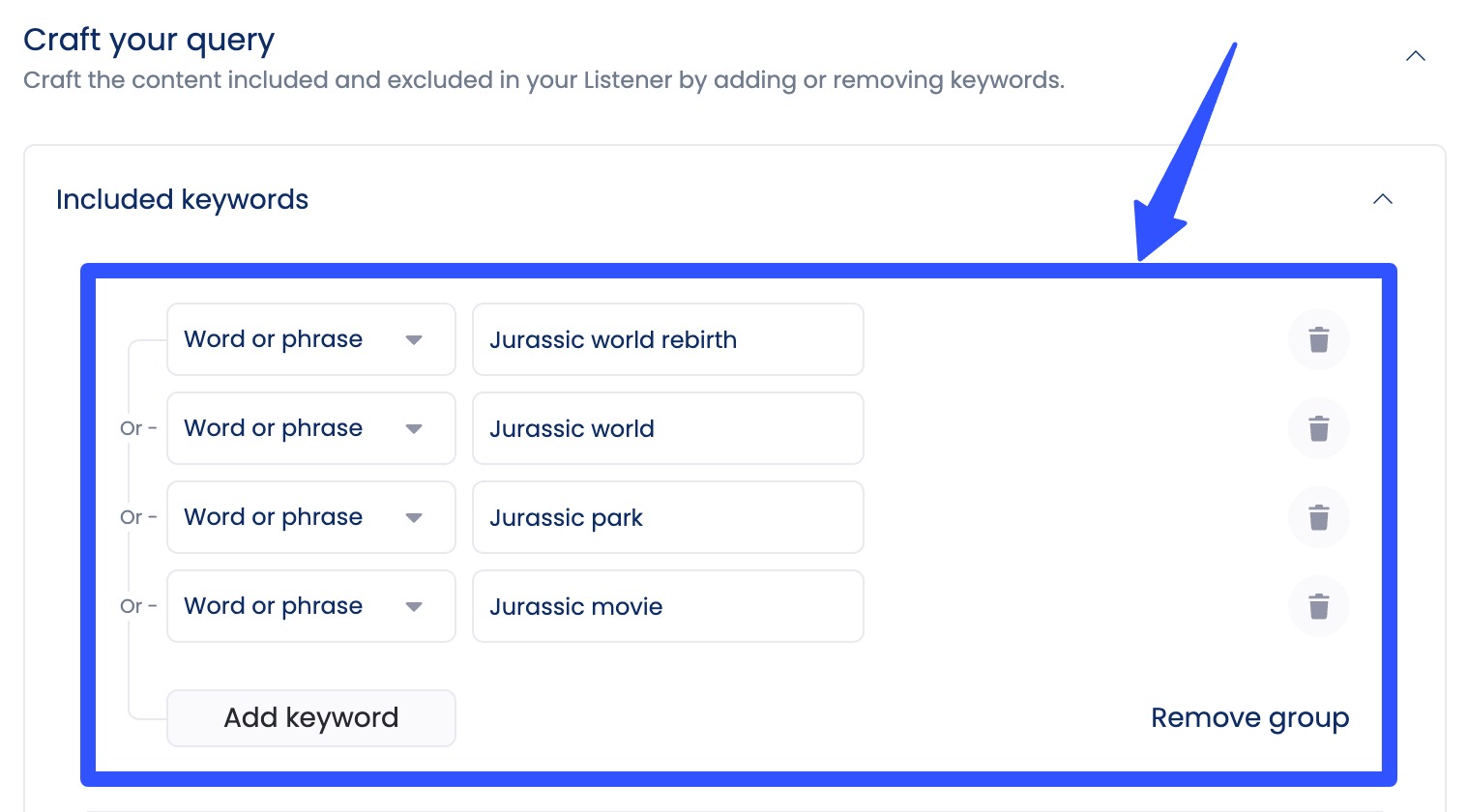
You can set the Listener to filter pulled conversations, mentions, etc., by sentiment (positive, negative, mixed, or neutral).

You can also set additional filters by location, language, and more.

The tool includes a Listener performance report that tracks and analyzes key metrics such as the total results, sentiment, impressions, and more.
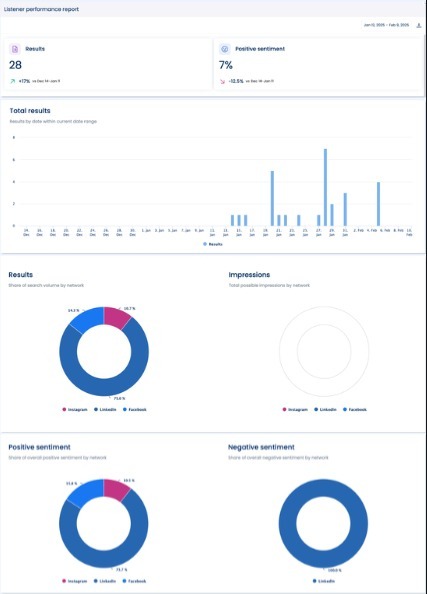
Vista Social lets you create custom report templates and schedule your reports to send and share with your team and clients automatically.
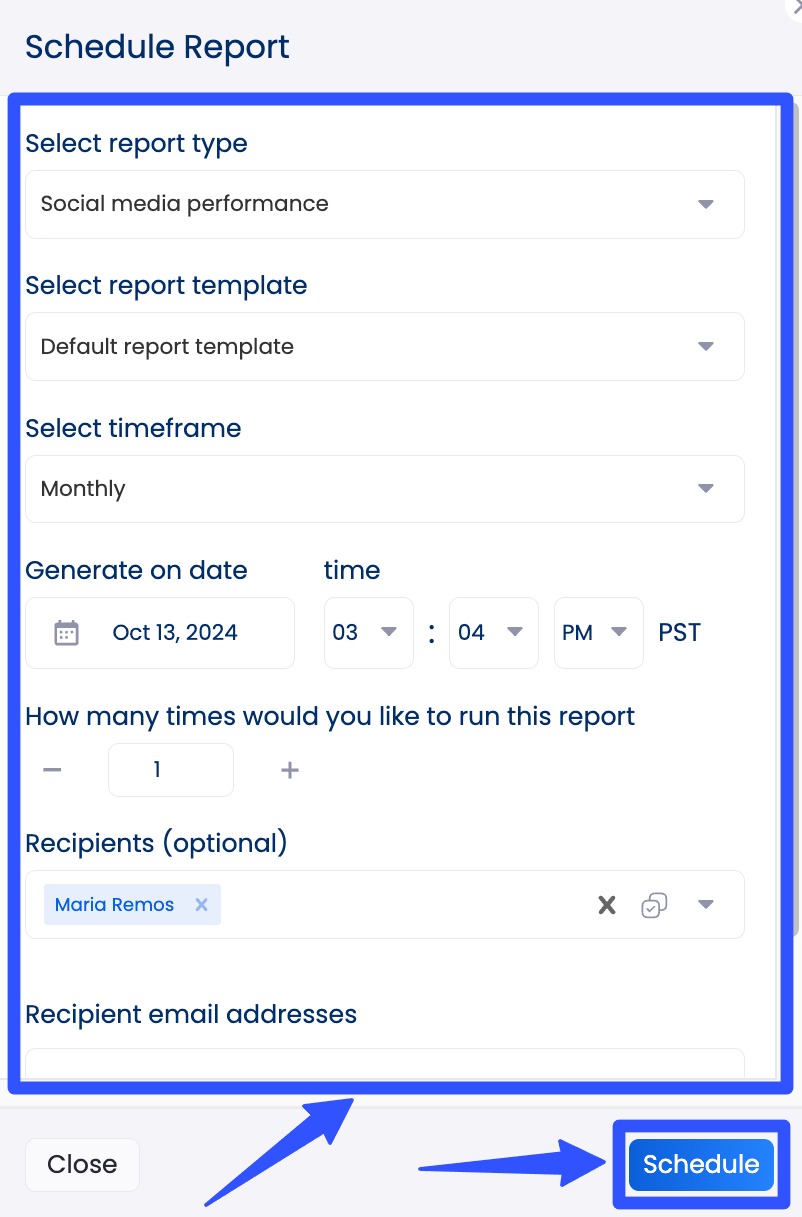
Vista Social’s reports, including post performance, competitor analysis, and sentiment analysis reports, can be shared via an interactive link or an exported CSV or PDF file.
Must read: Social Media Sentiment Analysis: A Comprehensive Guide
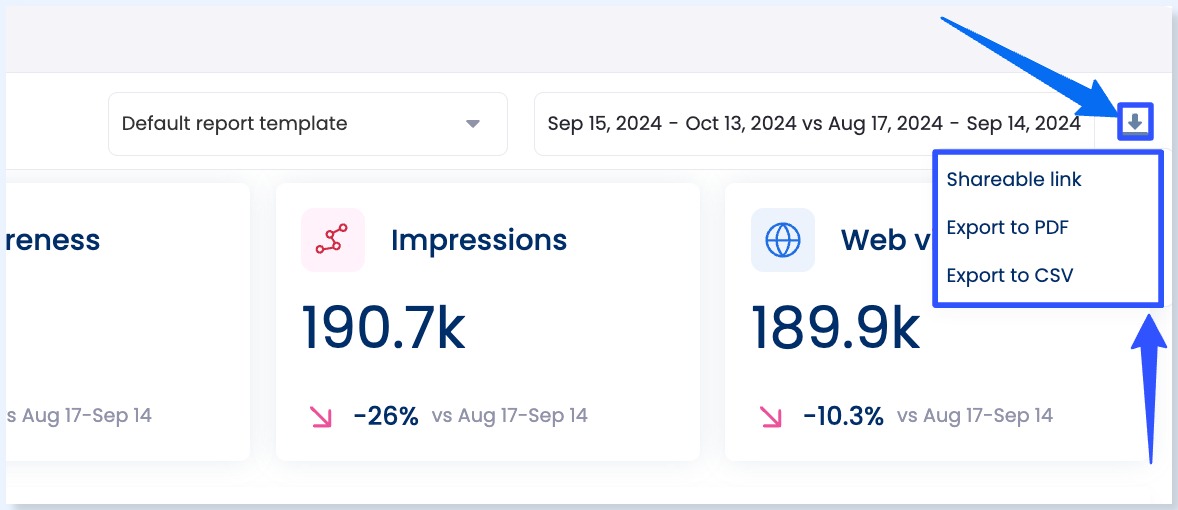
Get all your social media management tasks done with Vista Social’s other awesome features, including the following:
- Post scheduling and bulk publishing
- Engagement management via a unified Social Inbox
- Social media analytics and reports
- Content calendar
- Hashtag tools
- AI Assistant
- Link in bio tool with Vista Page, customizable microsites and landing pages
- Employee advocacy
- Etc.
FAQs on social listening strategies
What platforms should you monitor with social listening?
It depends on where your clients’ target audiences are most active, whether on Facebook, X (Twitter), Instagram, LinkedIn, Reddit, TikTok, forums, or blogs.
Must read: TikTok Social Listening: Complete Guide [2025]
How often should you review social listening data?
Regularly (daily or weekly), stay updated on audience sentiment, emerging trends, and potential issues.
It helps ensure timely and informed responses and proactive content and engagement strategies.
Should social listening be part of your broader marketing strategy?
Definitely.
Listening complements content and social media marketing, customer service, brand management, and competitive analysis for a data-driven marketing approach.
Ready to implement social listening strategies to build a brand that resonates?
Mastering social listening gives you a deep understanding of your clients’ audiences, helps them stay ahead of trends, and develops a brand that connects on every level.
With the right listening strategies and efforts, you can turn insights into impact and conversations into conversions.
Ready to take your social listening to the next level?
Use Vista Social’s powerful social listening tools to uncover what your audience truly cares about and leverage listening insights like a boss. Create your Vista Social account now.
About the Author
Content Writer
Jimmy Rodela is a social media and content marketing consultant with over 9 years of experience, with work appearing on sites such as Business.com, Yahoo, SEMRush, and SearchEnginePeople. He specializes in social media, content marketing, SaaS, small business strategy, marketing automation, and content development.
Never Miss a Trend
Our newsletter is packed with the hottest posts and latest news in social media.
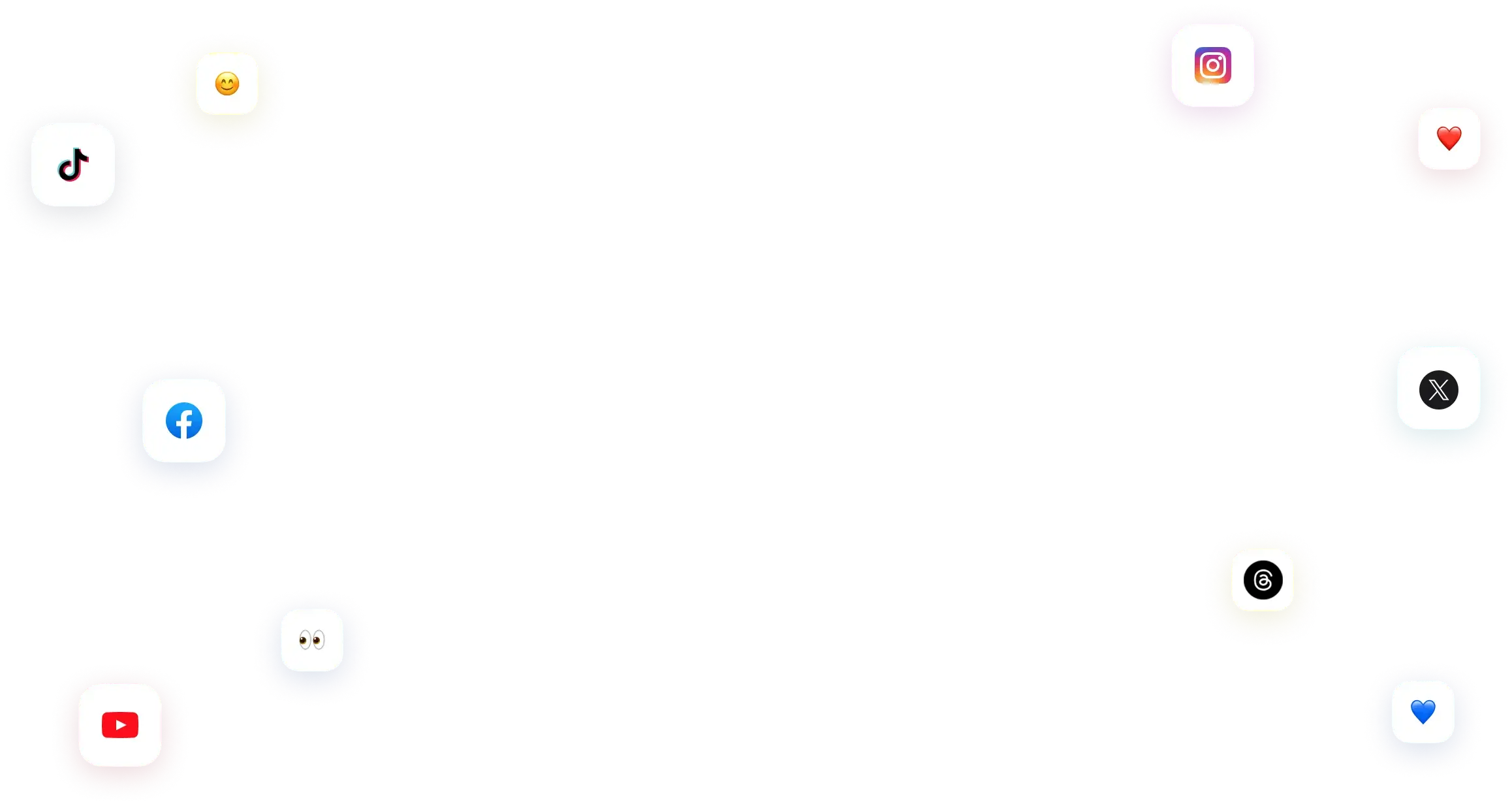
You have many things to do.
Let us help you with social media.
Use our free plan to build momentum for your social media presence.
Or skip ahead and try our paid plan to scale your social media efforts.
P.S. It will be a piece of cake 🍰 with Vista Social
Subscribe to our Newsletter!
To stay updated on the latest and greatest Social Media news. We promise not to spam you!
